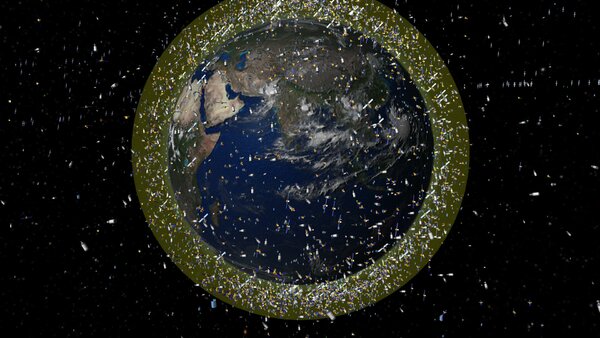20 Things You Somehow Missed In Gravity
How much do you remember from Alfonso Cuaron's tense space epic?

In the last decade or so, there has been an increased interest in seeing sci-fi movies infused with a healthy dose of realism in their proceedings. From The Martian to Interstellar, this sub-set of the genre is undeniably picking up momentum in the medium of film.
A huge piece of its success, however, is owed to 2013's Gravity. Alfonso Cuaron's taut space-bound survival thriller is a technical masterclass, features strong performances from Sandra Bullock and George Clooney, and of course largely adheres to the laws of physics and orbital mechanics.
Gravity features some of the best space-set photography and visual effects work in any film, and is one of the few films that actually uses 3-D effectively. While not featuring extensive sound effects work, the stunning visuals are brilliantly underlined by a haunting yet serene score by Steven Price. Despite lacking a particularly layered screenplay, Gravity's themes of survival, rebirth and resilience in the face of adversity have weight to them and are bolstered by Bullock's awards-worthy performance.
Due to its setting and straightforward plot, one would be forgiven for thinking there is little that lies beneath the picture's surface. This is far from the case, though, as the space thriller has a multitude of details in it that add to its overall quality.
20. Its Inciting Incident Is A Real-Life Orbital Hazard

After the stunning opening sequence, Dr. Ryan Stone, Matt Kowalski and their fellow spacefarers received a warning from NASA's Ground Control about a rapidly approaching debris field following the shooting down of a defunct Russian satellite.
As seen throughout the remainder of the film, the debris field poses a significant threat to the astronauts, but what may not be known to some is the fact that this is an actual problem faced in current space travel.
The Kessler Syndrome (also known as collisional cascading or ablation cascade) was developed by Donald Kessler in 1978, and posits that the excessive amount of trash in low Earth orbit poses a significant threat due to the increased chances of collisions with debris.
Using this phenomenon to kick off Gravity helps ground it in reality and serve as a sobering reminder of the dangers of careless space travel.